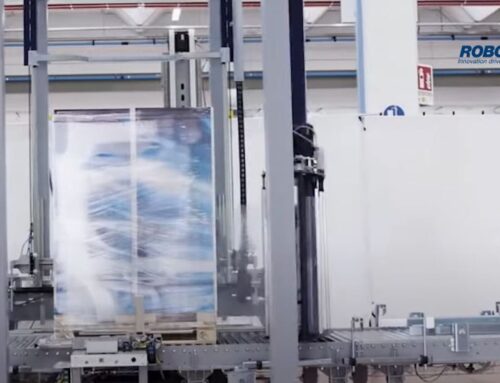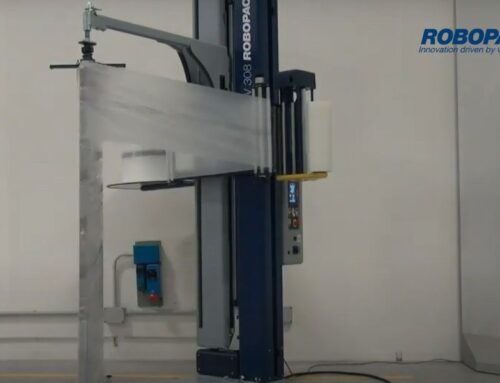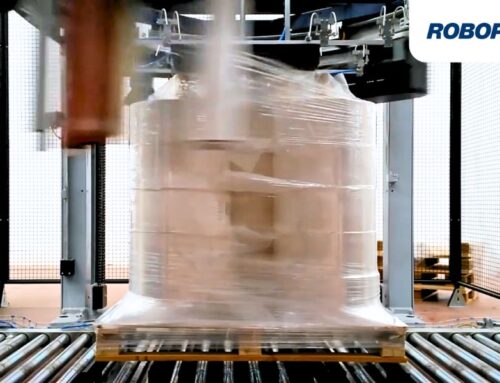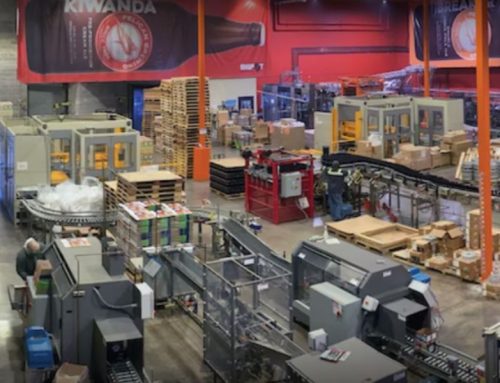Strategic and consistent palletizing plays a crucial role in ensuring the integrity of your product loads as they move through the supply chain. Through proper placement, labeling, and packaging, you can make sure your pallet loads remain stable and secure as they travel on trucks, planes, boats, and other equipment to reach your customers. Discover what you should know about palletized shipping and learn how to optimize your own palletizing processes.
Proper Palletizing Starts With Placement
The first step in palletizing is to make sure you place products strategically onto the pallet. Proper placement involves aligning product shapes and distributing weight safely to avoid unbalanced or insecure products. Heavier items go on the bottom layers of the pallet, while lighter cases go on the top. Make sure you distribute weight horizontally across the pallet as well to create a more stable load and avoid tipping. Finally, make sure the cargo fits on the pallet without any overhanging boxes or unused pallet space.
Padding Protects Loose or Fragile Shipments
Some products stack safely and securely on their own, but others require extra materials to keep them from slipping or shifting in transit. Padding materials—either within the product cases themselves or between layers on the pallet—add cushioning and stability to the load. Adjust your padding practices according to the products you’re shipping to ensure every pallet that moves through your facility is as secure and safe as possible.
Pallet Labels Are Essential
Shipment labels act as receipts for the product loads, but they can also serve as pallet handling instructions for carriers. Incorporating labels that denote each pallet as fragile, heavy, or temperature-controlled helps make sure workers treat your products with the proper care and attention throughout the supply chain. This helps streamline shipments and minimize the risk of product damage or loss.
The Advantages of Palletizing Equipment
One of the most important things to know about palletized shipping is that a successful palletizing workflow requires precision, endurance, and consistency. Relying on manual work to palletize freight risks human errors, inconsistent pallet loads, and workplace injuries from the physical strain. That’s why it’s best to invest in automated solutions, like the palletizing equipment from Robopac USA. With computer precision and machine-powered movement, this equipment allows you to palletize products quickly and accurately while freeing up manual labor for more complicated tasks.
Optimize your palletizing workflow when you choose Robopac USA as your secondary packaging equipment manufacturer. Explore our industry-leading innovations and find the right equipment for your facility today.







